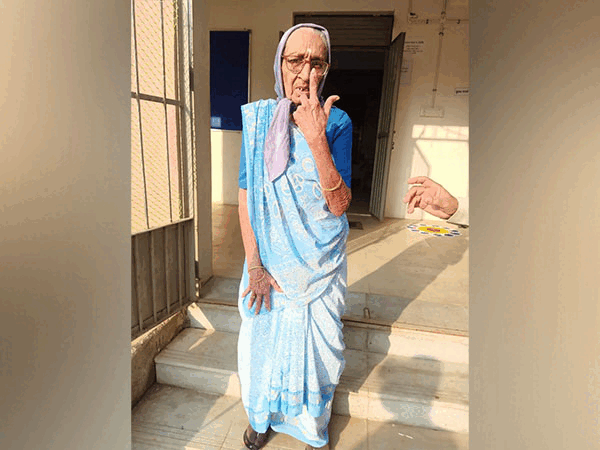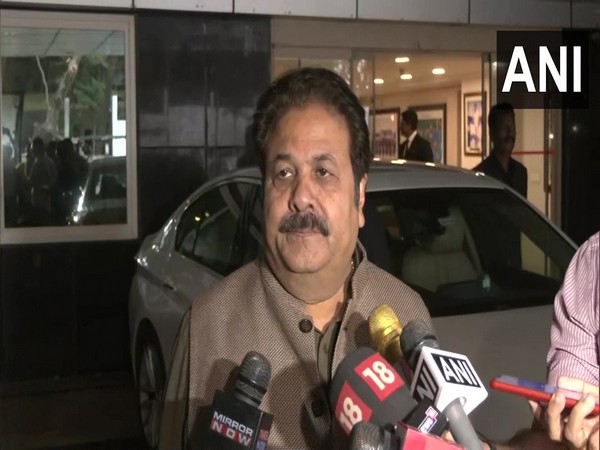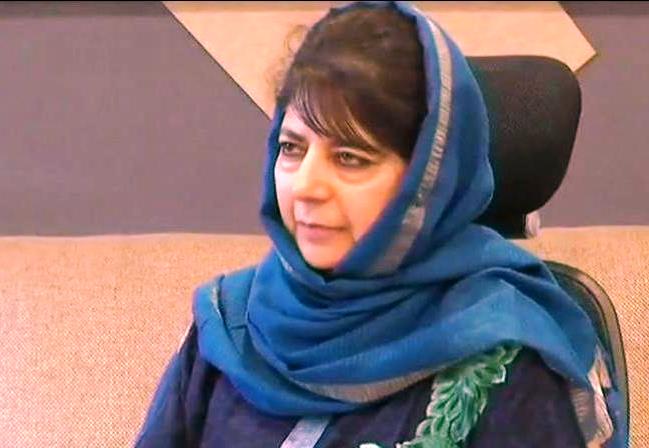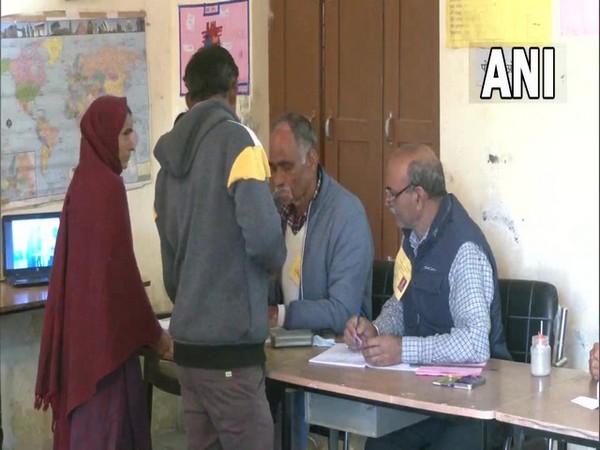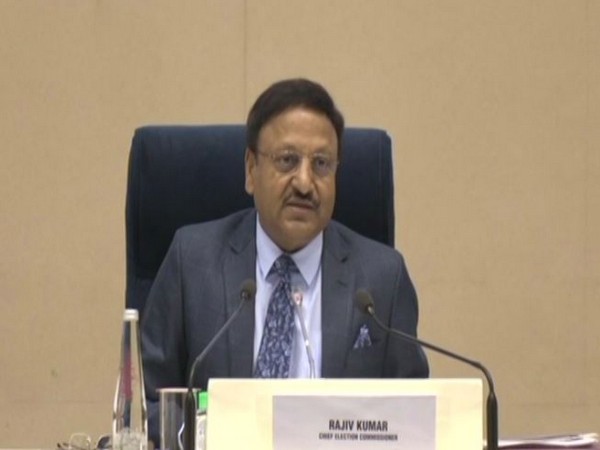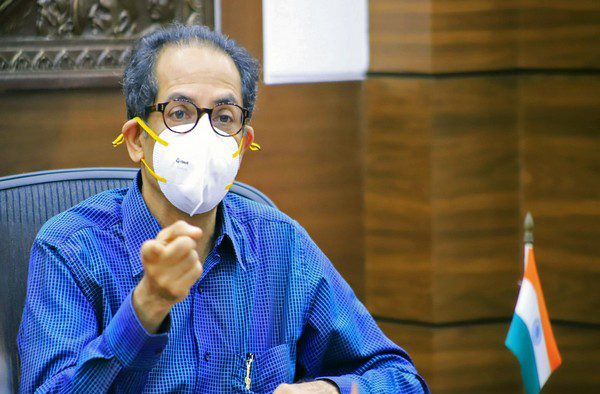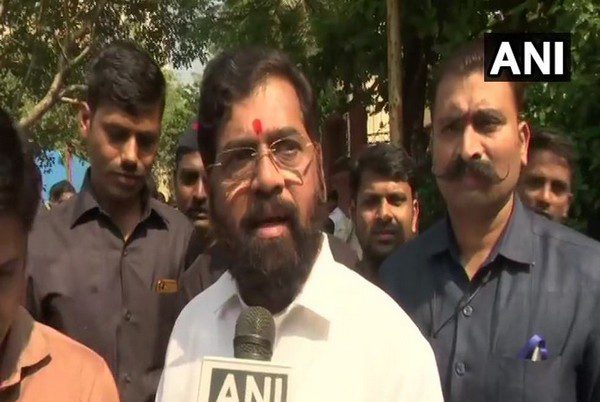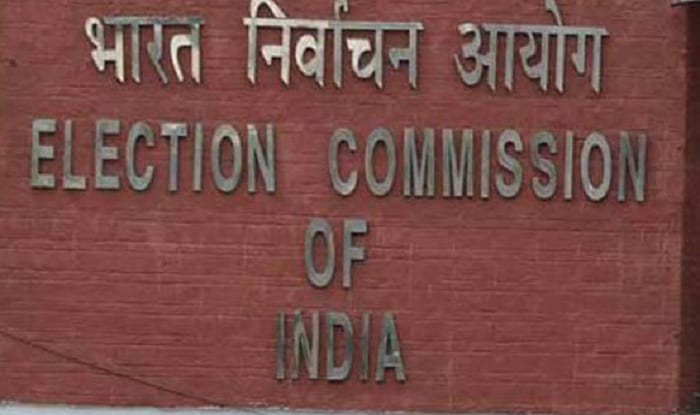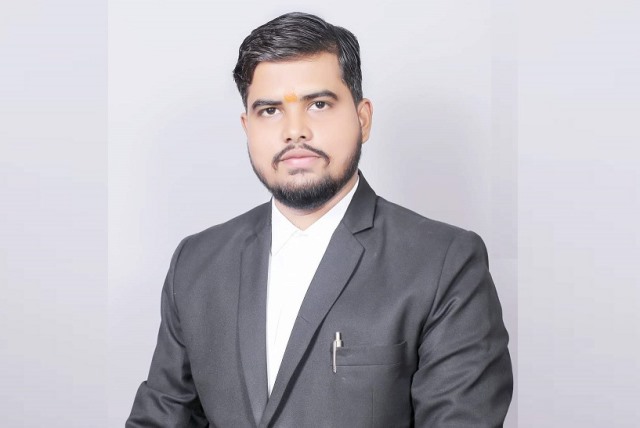The Election Commission of India (ECI) has delisted 86 “non-existent” Registered Unrecognized Political Parties (RUPPs), the poll body said on Tuesday.
An additional 253 RUPPs were declared as inactive.
“In continuation of the earlier action initiated on May 25, 2022, for enforcing due compliances by Registered Unrecognized Political Parties (RUPPs), the Election Commission of India led by Chief Election Commissioner, Rajiv Kumar and Election Commissioner Anup Chandra Pandey today further delisted 86 non-existent RUPPs and declared additional 253 as Inactive RUPPs,” said the press release.
As per statutory requirements under section 29A of the RP Act, every political party has to communicate any change in its name, head office, office bearers, address, and PAN to the Commission without delay.
Eighty Six RUPPs were found to be non-existent either after a physical verification carried out by the respective Chief Electoral Officers of concerned states/UTs or based on the report of undelivered letters/notices from the Postal Authority sent to the registered address of the concerned RUPP.
Significantly, the ECI had delisted 87 RUPPs in May and 111 RUPPs in June earlier this year.
This decision against 253 non-compliant RUPPs has been taken based on reports received from Chief Electoral Officers of seven states namely Bihar, Delhi, Karnataka, Maharashtra, Tamil Nadu, Telangana and Uttar Pradesh.
These 253 RUPPs have been declared inactive, as they have not responded to the letter/notice delivered to them and have not contested a single election either to the General Assembly of a State or the Parliament Election 2014 & 2019. These RUPPs have failed to comply with statutory requirements for more than 16 compliance steps since 2015 and are continuing to default.
It is also noted that of the above 253 parties, 66 RUPPs actually applied for a common symbol as per para 10B of the Symbol’s Order 1968 and did not contest the respective elections. It is pertinent to note that privilege of a common symbol is given to RUPP based upon an undertaking for putting up at least 5 per cent of total candidates with regard to said legislative assembly election of a State.
Possibility of such parties occupying the available pre-election political space by taking benefits of admissible entitlements without contesting elections cannot be ruled out. This also tends to crowd out the political parties actually contesting elections and also creates confusing situations for the voters, the statement said.
The Commission noted that the primary purpose of registration of political parties is contained in Section 29A which lists out privileges and advantages which accrue to an association once it gets registered as a political party and all such advantages and privileges are directly relatable to the said participation in the electoral processes.
Accordingly, the 13 (ii) (e) guidelines for registration of political parties issued by the Commission for the condition of registration, reads as follows: Declares that party must contest an election conducted by the Election Commission within five years of its registration and thereafter should continue to contest. (If the Party does not contest elections continuously for six years, the Party shall be taken off the list of registered parties).
The Commission is cognizant that compliances of the birth conditions, which are a combination of mandated and self-acknowledged provisions, are a sine qua non for maintaining financial discipline, propriety, public accountability, and transparency.
The compliances work as the building blocks of a transparency mechanism for informing the voters of the affairs of the political parties necessary for making informed choices. In the absence of required compliances, the electorate and the Election Commission get blindsided. Further all these stated regulatory requirements have a direct bearing on the Commission’s constitutional mandate of conducting free, fair and transparent elections.
In view of the foregoing, immediate corrective measures are warranted in the larger public interest as well as for the purity of electoral democracy. Therefore, the Commission, in the discharge of its mandate of ensuring a just, free, fair & transparent electoral process hereby directs that the 86 non-existent RUPPs, shall be deleted from the list of register of RUPPs and render themselves liable to be not entitled to have benefits under the Symbols Order, 1968.
253 RUPPs are marked as ‘Inactive RUPPs” in the register of RUPPs maintained by the commission under section 29A of the Representation of People Act, 1951, the statement said.
These 253 RUPPs shall not be eligible to avail of any benefit of the Election Symbols (Reservation and Allotment) Order, 1968.
Any party aggrieved from this may approach the concerned Chief Electoral Officer/Election Commission within 30 days of the issue of this direction, said the ECI.
Of these 253 RUPPS, 66 RUPPs which sought a common symbol under para 10B in various elections but did not set up any candidates for the respective general elections, shall need to further explain, in addition to (point iii above), as to why further action as mandated in “para 10 b of the Symbols Order making them liable for such punitive action as the Commission may consider appropriate” should not be taken. (ANI)
